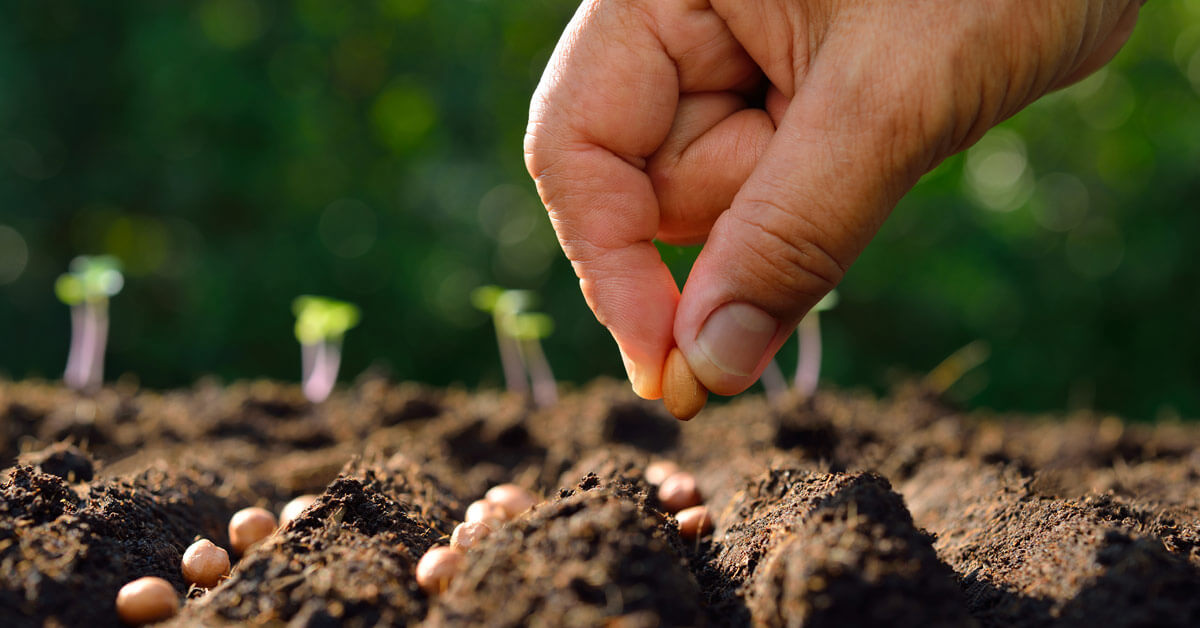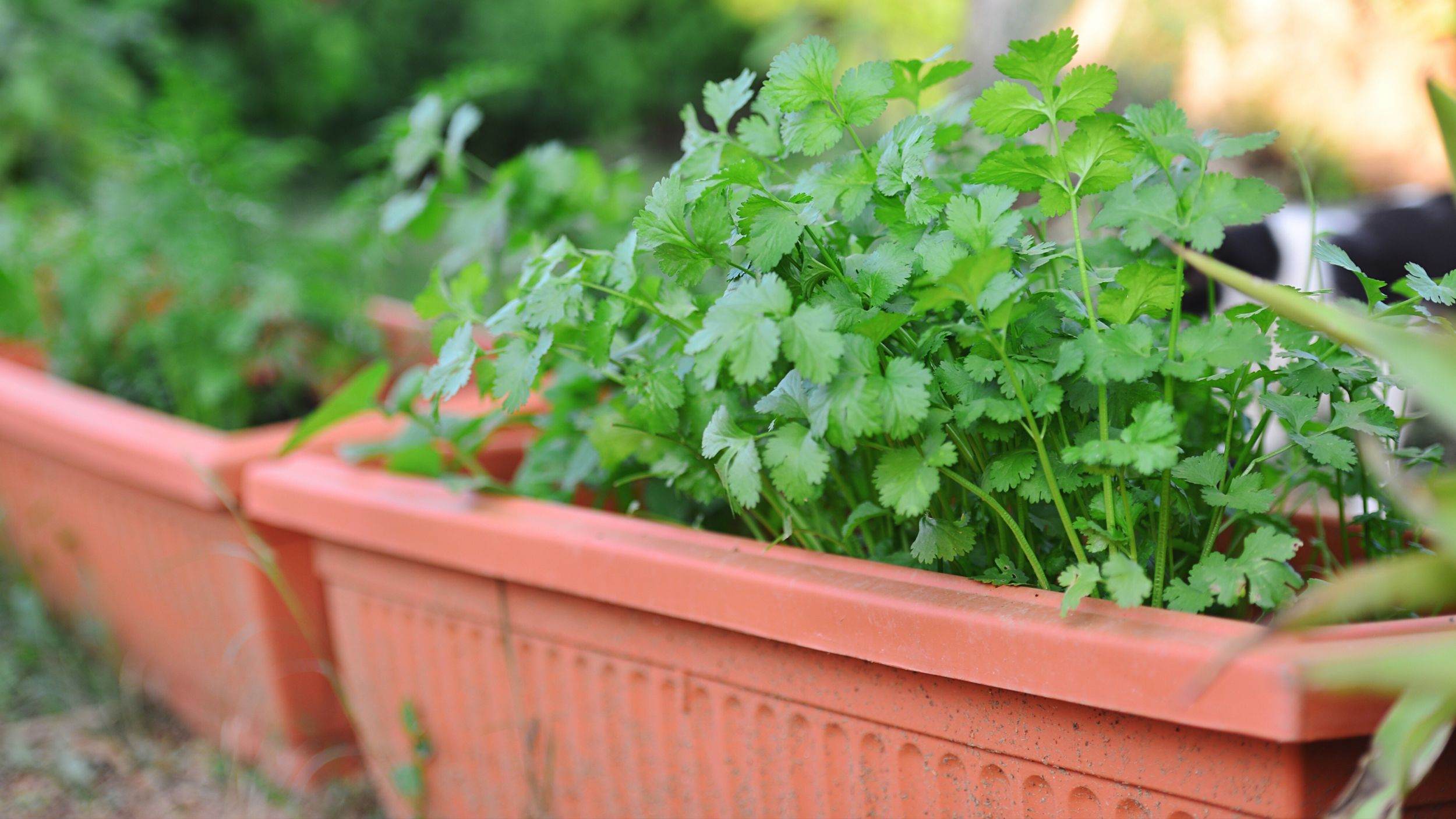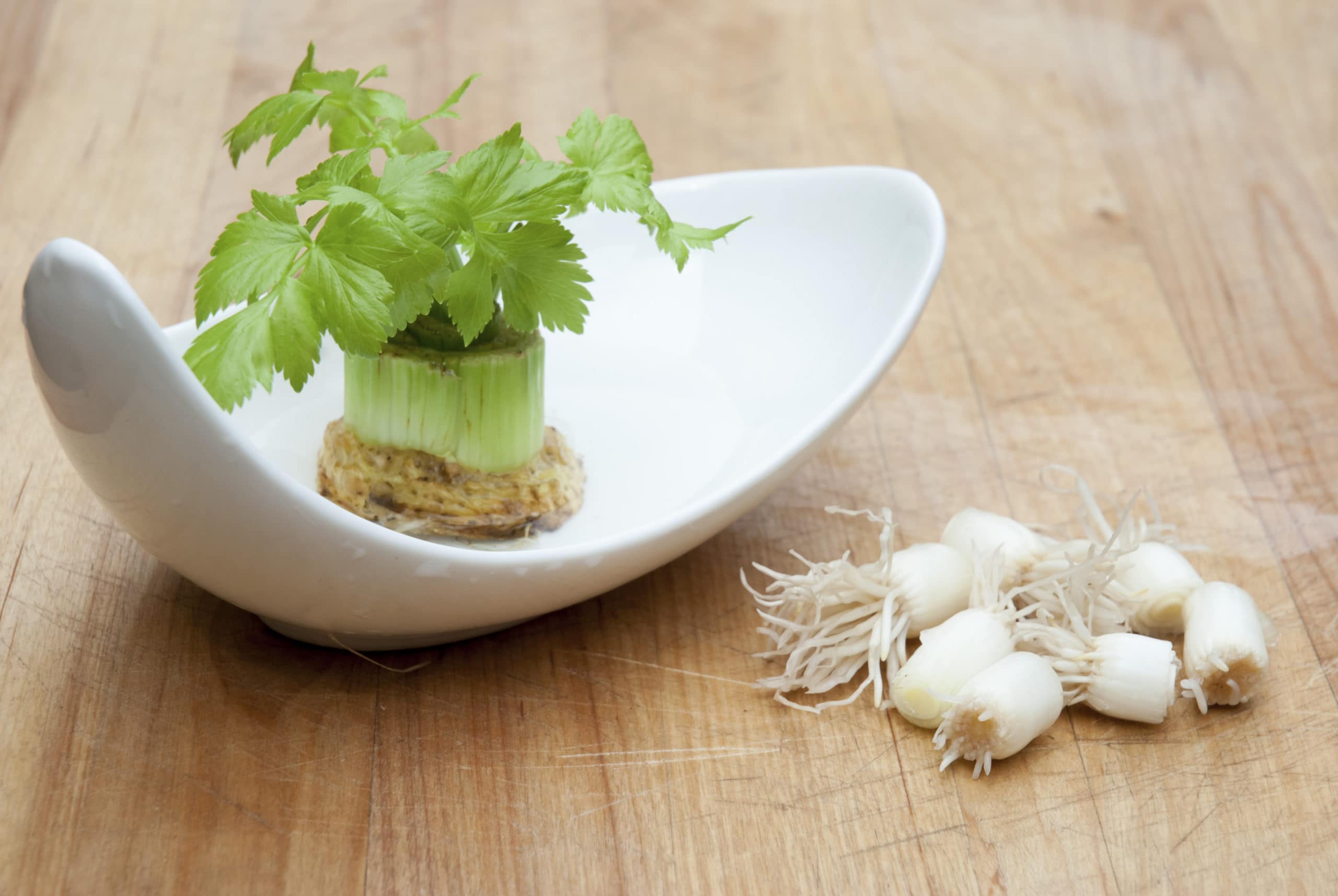Home>Types of Gardening>Ornamental Gardening>How To Grow A Bonsai From A Cutting


Ornamental Gardening
How To Grow A Bonsai From A Cutting
Modified: January 22, 2024
Learn how to grow a beautiful bonsai tree from a cutting with our expert tips and techniques. Perfect for anyone interested in ornamental gardening. Start your bonsai journey today!
(Many of the links in this article redirect to a specific reviewed product. Your purchase of these products through affiliate links helps to generate commission for Chicagolandgardening.com, at no extra cost. Learn more)
Table of Contents
**
Introduction
**
Welcome to the fascinating world of ornamental gardening, where the art of bonsai cultivation holds a special place. Growing a bonsai from a cutting is a deeply rewarding and meditative process that allows you to nurture a living work of art from its very inception. The ancient practice of bonsai cultivation originated in China over a thousand years ago and has since captivated enthusiasts worldwide with its blend of horticultural skill and artistic expression.
Embarking on the journey of growing a bonsai from a cutting offers a unique opportunity to witness the transformation of a humble branch or stem into a miniature masterpiece. This process requires patience, attention to detail, and a deep understanding of the plant's needs. As you delve into the world of bonsai cultivation, you will discover the profound connections between nature, art, and the human spirit.
In this guide, we will explore the intricate steps involved in growing a bonsai from a cutting, from selecting the right specimen to nurturing its growth. By the end of this journey, you will not only have gained practical knowledge but also a newfound appreciation for the delicate balance between human intervention and natural beauty in the art of bonsai cultivation. So, roll up your sleeves, sharpen your shears, and let's delve into the art of growing a bonsai from a cutting.
**
Selecting the Right Cutting
**
Before embarking on the journey of growing a bonsai from a cutting, it is essential to carefully select the right specimen to ensure a successful and rewarding cultivation process. The choice of cutting plays a pivotal role in determining the future form and vitality of your bonsai. Here are the key considerations to keep in mind when selecting a cutting:
Species Selection:
First and foremost, consider the species of plant from which you intend to propagate your bonsai. While a wide variety of plants can be trained as bonsai, certain species are more conducive to this art form due to their natural characteristics, such as small leaves, ramification, and bark texture. Common species used for bonsai include junipers, maples, pines, and ficus, each offering unique aesthetic and horticultural qualities.
Health and Vigor:
When selecting a cutting, prioritize specimens that exhibit robust growth and overall health. Avoid choosing cuttings from diseased or weakened plants, as they may struggle to establish themselves as bonsai. Look for vibrant foliage, well-defined branching structure, and a healthy root system, as these attributes are indicative of a cutting’s potential for successful bonsai cultivation.
Size and Proportion:
Consider the ultimate size and proportions you envision for your bonsai. Select a cutting that aligns with your desired bonsai style, whether it be formal upright, informal upright, slanting, cascade, or another traditional form. Additionally, take into account the age of the plant from which the cutting is sourced, as older specimens may possess more pronounced trunk girth and bark texture, contributing to the bonsai’s visual appeal.
Aesthetic Potential:
Assess the aesthetic potential of the cutting, envisioning how its natural features can be accentuated through bonsai cultivation. Look for intriguing trunk movement, taper, and nebari (surface roots), as these elements form the foundation of a visually captivating bonsai. Visualize the future silhouette of the bonsai and how the cutting’s inherent beauty can be enhanced through skillful pruning and training.
By carefully considering these factors, you can select a cutting that aligns with your artistic vision and horticultural goals, laying the groundwork for a fulfilling and harmonious bonsai cultivation experience.
**
Preparing the Cutting
**
Once you have chosen the ideal specimen for your bonsai, the next crucial step is preparing the cutting for propagation. Proper preparation is essential to ensure the cutting’s successful transition from a detached branch or stem to a thriving bonsai in its own right. Here are the key steps involved in preparing the cutting:
Selection and Pruning:
Begin by selecting a healthy branch or stem that possesses the desired characteristics for your envisioned bonsai. Using sharp and sterile pruning shears, make a clean cut at a 45-degree angle just below a node or bud. This angle maximizes the surface area for root development and minimizes the risk of water accumulation, reducing the likelihood of rot.
Wound Treatment:
After making the initial cut, promptly apply a suitable wound sealant to the exposed area to protect the cutting from pathogens and excessive moisture loss. Wound sealants, such as cut paste or pruning seal, create a protective barrier that promotes healing and prevents the entry of harmful microorganisms, safeguarding the cutting’s vitality during the propagation process.
Rooting Hormone Application:
To expedite the development of roots, consider applying a rooting hormone to the cut end of the branch or stem. Rooting hormones contain auxins, which stimulate root growth and increase the cutting’s ability to establish a robust root system. Follow the manufacturer’s guidelines for the appropriate concentration and application method, as excessive hormone application can hinder rather than facilitate root development.
Container Preparation:
Prepare a suitable container for the cutting, ensuring that it provides adequate drainage and aeration. Fill the container with a well-draining, porous growing medium, such as a blend of akadama, pumice, and lava rock, tailored to the specific requirements of the plant species. Moisten the growing medium to achieve uniform moisture distribution without waterlogging, creating an optimal environment for root initiation.
By meticulously preparing the cutting through precise pruning, protective treatment, and strategic hormone application, you set the stage for successful root development and the subsequent establishment of your bonsai’s foundational structure. With the cutting primed for propagation, you are poised to embark on the transformative journey of nurturing its growth into a living masterpiece.
**
Planting the Cutting
**
As you transition from preparing the cutting to the pivotal stage of planting, it is essential to approach this step with precision and care to optimize the cutting’s chances of successful root establishment and subsequent bonsai development. The planting process sets the foundation for the cutting’s growth and forms the basis for its future as a bonsai. Here are the key considerations for planting the cutting:
Optimal Planting Time:
Timing plays a crucial role in the success of planting a bonsai cutting. It is advisable to conduct the planting during the plant species’ active growing season, typically in spring or early summer. This period offers favorable conditions for root initiation and growth, maximizing the cutting’s capacity to establish itself in its new environment and embark on a trajectory of healthy development.
Planting Depth and Orientation:
When planting the cutting, ensure that it is positioned at an appropriate depth within the growing medium. The depth should accommodate the cutting’s prepared end while allowing the nodes or buds to emerge slightly above the surface. Orient the cutting in a manner that aligns with its natural growth pattern, maintaining the intended upright, slanting, or cascading orientation based on your envisioned bonsai style.
Stabilization and Moisture Management:
Secure the cutting in place within the container to prevent shifting or tilting, which can disrupt root development. Gently firm the growing medium around the cutting’s base while avoiding excessive compaction. Subsequently, ensure consistent moisture levels by watering the cutting gently and evenly, maintaining a balanced moisture regimen that promotes root exploration without waterlogging the growing medium.
Environmental Considerations:
Place the newly planted cutting in an environment that balances light, temperature, and humidity to support its initial growth phase. Provide indirect sunlight to prevent excessive stress on the cutting while fostering photosynthetic activity. Additionally, shield the cutting from extreme temperature fluctuations and drying winds, creating a conducive microclimate for root establishment and overall vitality.
By meticulously tending to the planting process, you lay the groundwork for the cutting’s successful transition to a thriving bonsai in the making. With careful attention to timing, orientation, stabilization, and environmental factors, you set the stage for the cutting to embark on its journey towards becoming a living expression of art and nature.
**
Caring for the Bonsai Cutting
**
As the newly planted bonsai cutting embarks on its transformative journey, diligent and attentive care is essential to nurture its growth and guide its development into a flourishing bonsai. The early stages of a cutting’s life are particularly critical, and by providing tailored care, you can optimize its chances of thriving. Here are the key aspects of caring for the bonsai cutting:
Watering Regimen:
Maintaining appropriate soil moisture is crucial for the cutting’s establishment and subsequent growth. Monitor the moisture levels in the growing medium regularly, ensuring that it remains consistently moist but not waterlogged. Avoid allowing the soil to dry out completely, as this can impede root development and compromise the cutting’s vitality.
Light and Temperature Management:
Position the bonsai cutting in a location that receives ample indirect sunlight, promoting photosynthesis and overall vigor. Shield the cutting from prolonged exposure to intense midday sun, which can cause excessive stress. Additionally, regulate the ambient temperature to provide a stable and favorable environment for the cutting’s growth, avoiding abrupt fluctuations that may disrupt its development.
Fertilization Strategy:
Support the cutting’s nutritional needs by implementing a balanced fertilization regimen tailored to its specific requirements. Utilize a specialized bonsai fertilizer or a diluted, balanced liquid fertilizer to provide essential nutrients without overwhelming the young roots. Apply the fertilizer at regular intervals during the growing season, adjusting the frequency and concentration based on the cutting’s response and growth rate.
Pruning and Training:
As the cutting begins to establish itself, initiate selective pruning to shape its growth and encourage the development of an intricate branching structure. Regularly assess the cutting’s emerging growth and adjust its form through precise pruning, promoting the desired aesthetic and horticultural characteristics. Additionally, consider gentle training techniques to guide the cutting’s growth in alignment with your envisioned bonsai style.
Pest and Disease Vigilance:
Monitor the bonsai cutting closely for any signs of pests or diseases, promptly addressing any issues that may arise. Inspect the foliage, stems, and growing medium for indications of pest infestations or pathogenic conditions, and take appropriate measures to mitigate these threats to the cutting’s health and vitality.
By meticulously tending to the bonsai cutting’s watering, light exposure, nutrition, pruning, and pest management, you provide the nurturing environment essential for its successful progression towards becoming a harmonious and captivating bonsai. Through your attentive care, the cutting will flourish and evolve, embodying the timeless artistry and natural elegance of the bonsai tradition.
**
Conclusion
**
The journey of growing a bonsai from a cutting is a testament to the profound connection between art, nature, and the human spirit. As you have discovered through this guide, the process of selecting, preparing, planting, and caring for a bonsai cutting is a harmonious blend of horticultural expertise and artistic vision. Each step in this transformative journey contributes to the cultivation of a living masterpiece that reflects the timeless beauty and resilience of nature.
By carefully selecting a cutting with inherent aesthetic potential and horticultural vitality, you laid the foundation for a bonsai that embodies your artistic aspirations. The meticulous preparation and planting of the cutting set the stage for its successful transition to a thriving bonsai in the making, while your attentive care nurtured its growth and guided its development.
As you continue to care for your bonsai cutting, remember that the journey is as enriching as the destination. The art of bonsai cultivation invites you to embrace patience, mindfulness, and a deep appreciation for the intricate balance of natural elements. Through each stage of the process, you have forged a bond with your bonsai, fostering its evolution into a living expression of art and nature.
As the seasons unfold and your bonsai cutting matures into a captivating miniature tree, cherish the moments of connection and transformation that unfold with each passing day. Your dedication and artistry have contributed to the timeless legacy of bonsai cultivation, perpetuating an ancient tradition that celebrates the enduring beauty and resilience of nature.
In the art of growing a bonsai from a cutting, you have embarked on a journey that transcends the boundaries of time and space, weaving together the threads of tradition, creativity, and the ever-evolving tapestry of life. As your bonsai continues to thrive and inspire, may it serve as a testament to the boundless potential of the natural world and the enduring legacy of the bonsai tradition.





